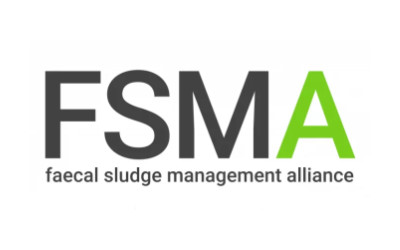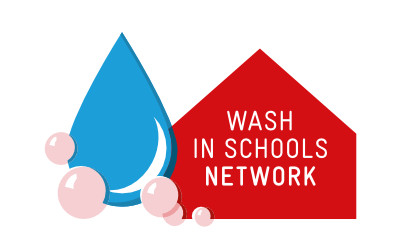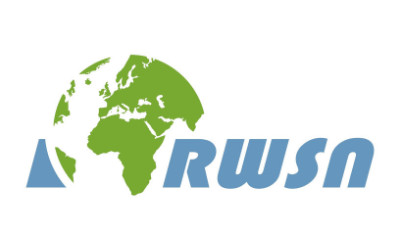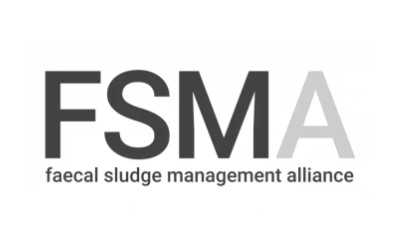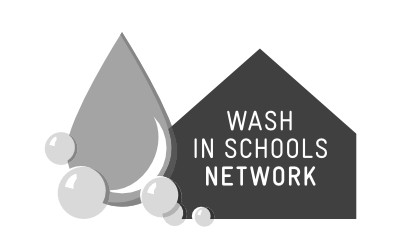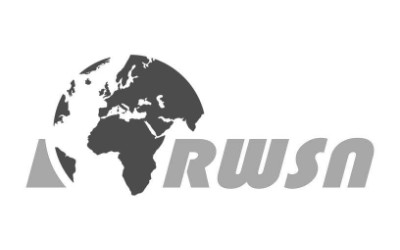You may not be able to visit this page because of:
- an out-of-date bookmark/favourite
- a search engine that has an out-of-date listing for this site
- a mistyped address
- you have no access to this page
- the requested resource was not found.
- an error has occurred while processing your request.
Please try one of the following pages:







